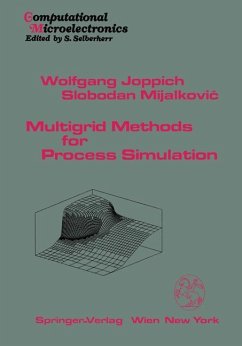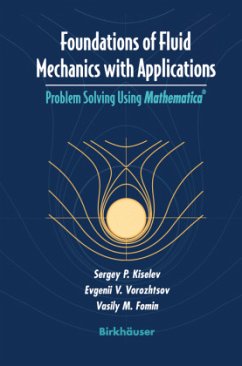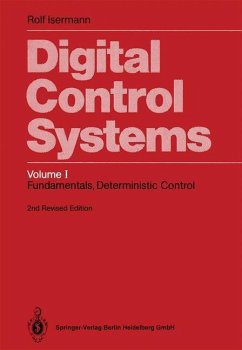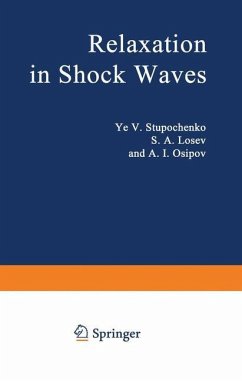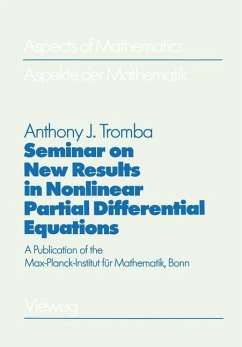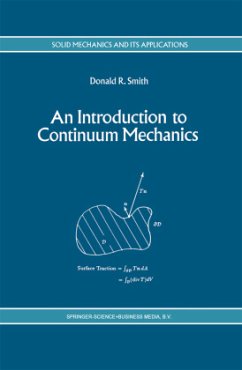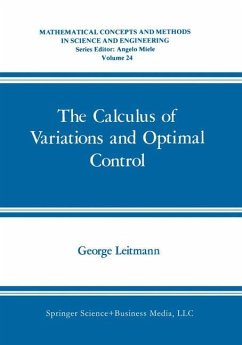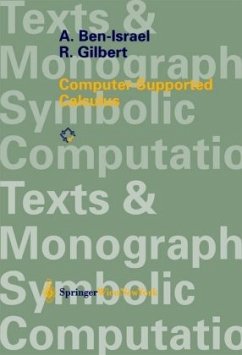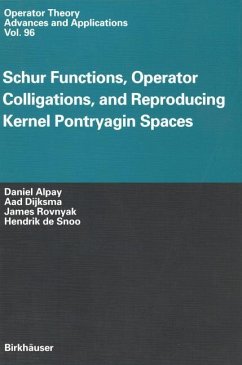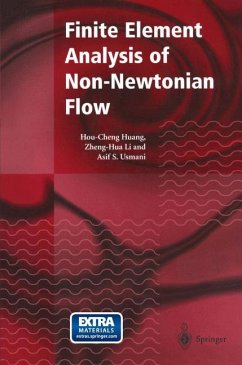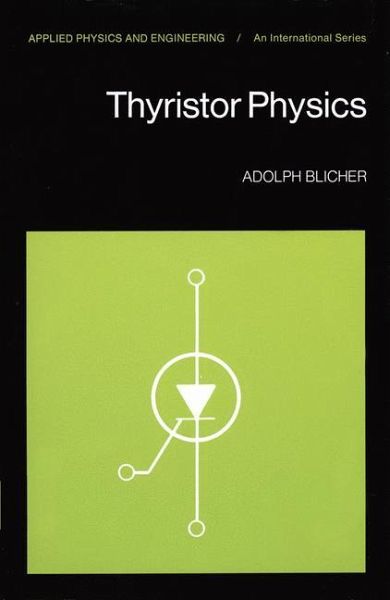
Thyristor Physics

PAYBACK Punkte
20 °P sammeln!
In this volume I attempt to present concisely the physical principles underlying the operation and performance characteristics of the class of semiconductor p-n-p-n switches known as thyristors. The semiconductor controlled rectifier (SCR), the triode AC switch (Triac) the gate turn-off switch (GTO), and the reverse conducting thyristor (RCT) are some of the most important devices belonging to this device family. This book is aimed both at semiconductor-device physicists, designers, and students and at those electronic circuit designers who wish to apply thyristors creatively without the limit...
In this volume I attempt to present concisely the physical principles underlying the operation and performance characteristics of the class of semiconductor p-n-p-n switches known as thyristors. The semiconductor controlled rectifier (SCR), the triode AC switch (Triac) the gate turn-off switch (GTO), and the reverse conducting thyristor (RCT) are some of the most important devices belonging to this device family. This book is aimed both at semiconductor-device physicists, designers, and students and at those electronic circuit designers who wish to apply thyristors creatively without the limitation of con sidering them as "black boxes," described only by insufficiently understood electrical ratings. The book endeavors to present an up-to-date account of the progress made in understanding the operation, potentialities, and limitations of thyristors as switching circuit elements. It assumes some basic knowledge of transistor physics and stresses the phe nomenological aspects of thyristor theory with the use of mathe matics not going beyond calculus and differential equations. The first two chapters discuss basic thyristor operation theory. The sub sequent chapters are devoted to the study of the static and dynamic properties of the SCR, the RCT, the GTO, and the triac; they in clude discussions of forward voltage drops, maximum voltage blocking capabilities, turn-on and turn-off transients, current and voltage rise rates, and desirable and undesirable triggering effects.





